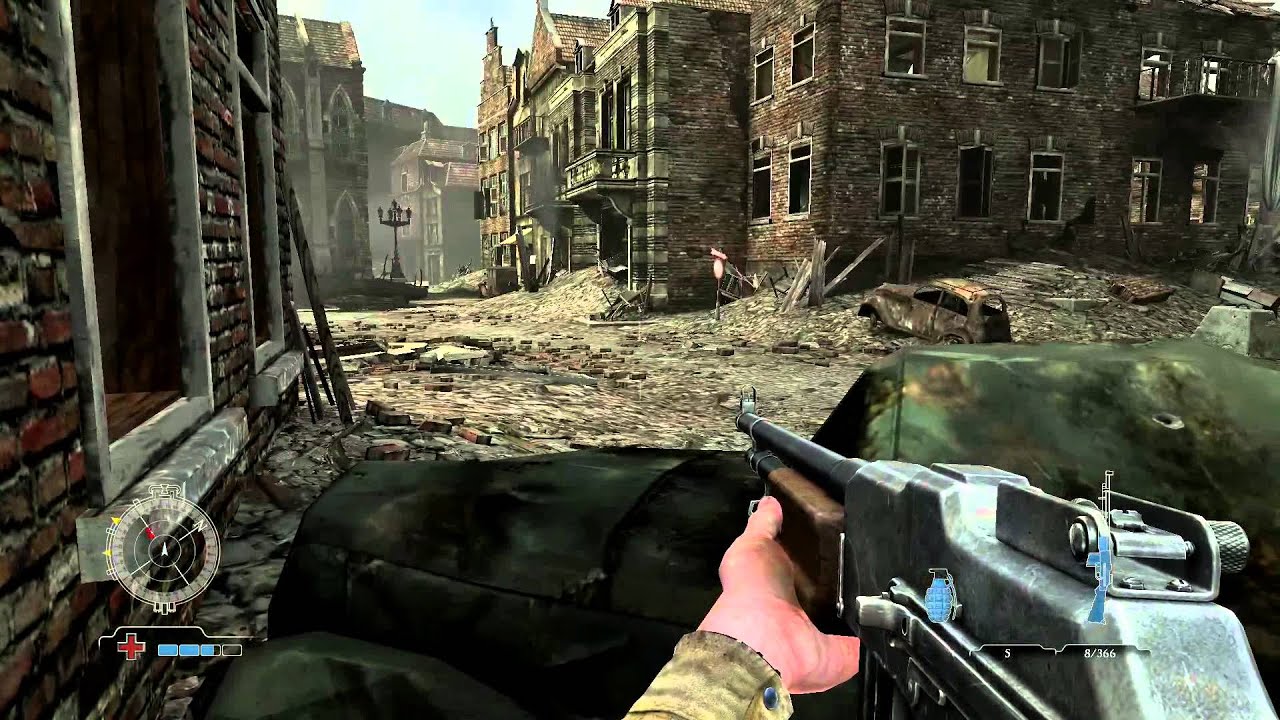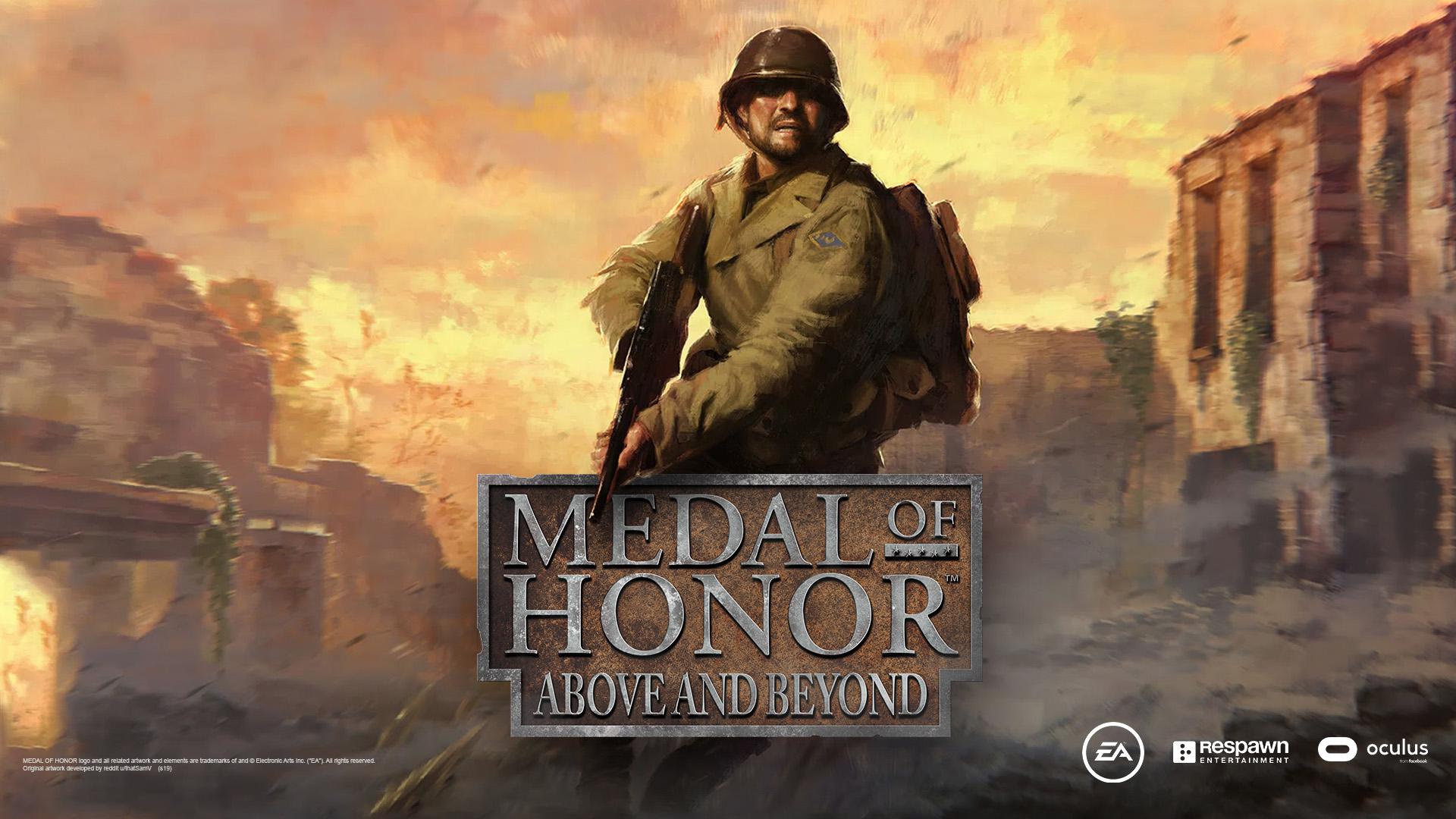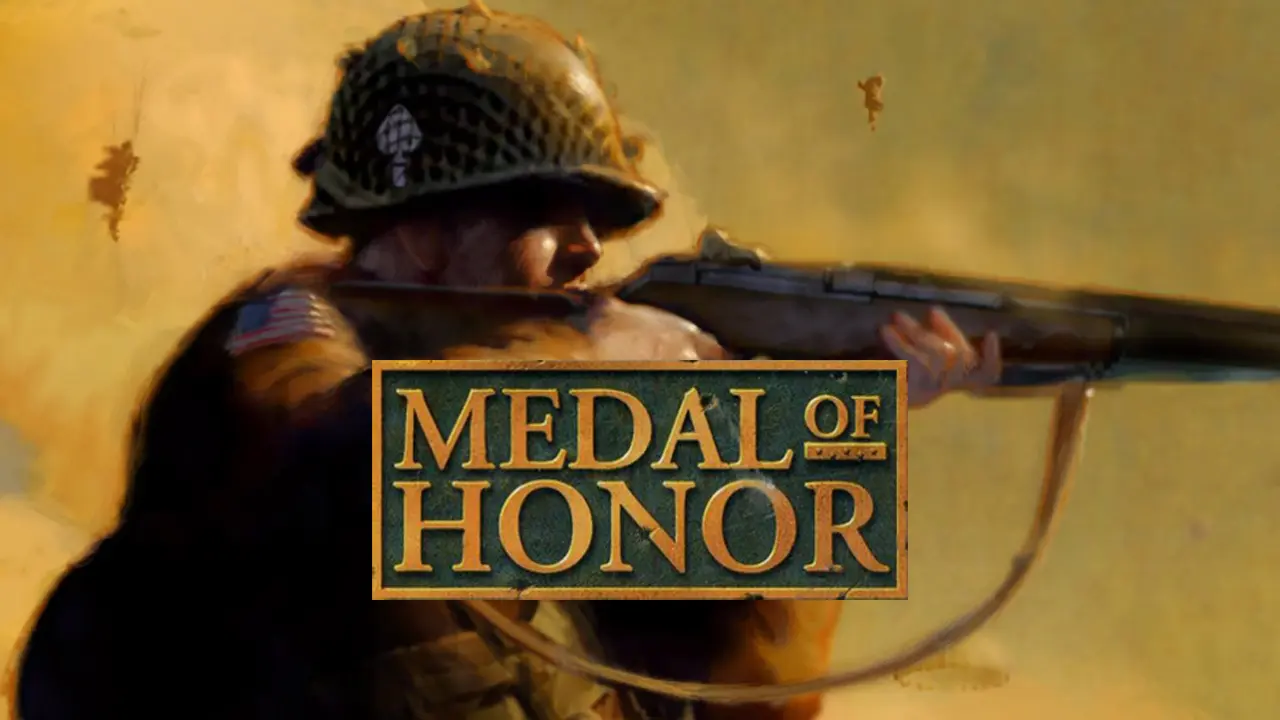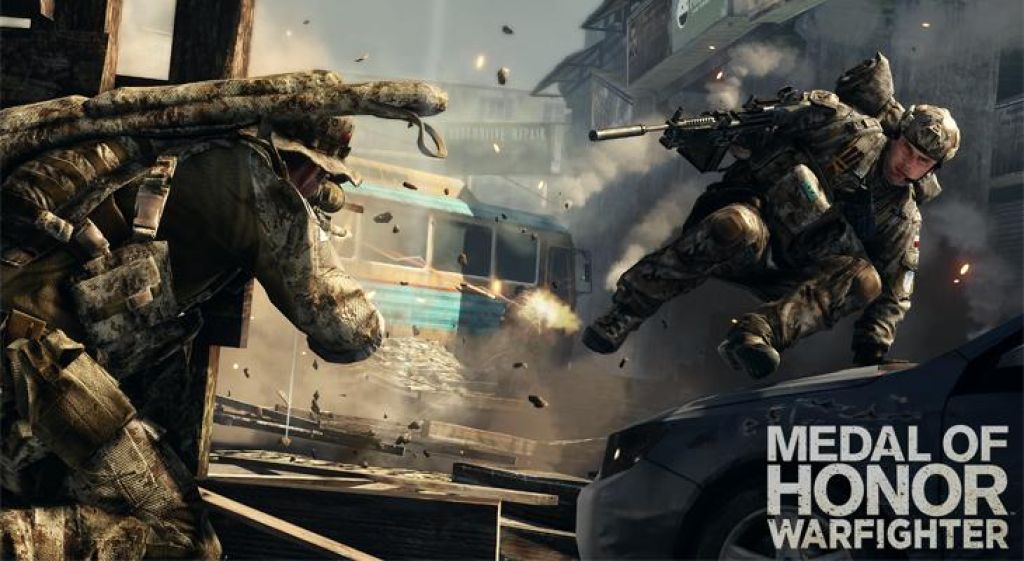When the first Medal of Honor game debuted in 1999, it did more than establish a new franchise—it revolutionized how video games could portray war. Developed by DreamWorks Interactive and published by Electronic Arts, Medal of Honor broke away from the science fiction and fantasy tropes dominating the first-person shooter (FPS) genre. Instead, it grounded itself in World War II history, offering players a gripping, cinematic experience that felt authentic, emotional, and deeply immersive.
This article takes you through the origins of Medal of Honor, a detailed review of the original game, and an in-depth exploration of all subsequent titles. We’ll also dive into the series’ genre, critical reception, gameplay formats, awards, and more.
A Deep Review of the Original Medal of Honor (1999)
In 1999, gaming consoles had yet to see a war-based FPS that balanced historical storytelling with engaging gameplay. Medal of Honor emerged as a groundbreaking title on the original PlayStation, combining tactical stealth, intense combat, and immersive environments to create a war simulation unlike anything before it.
Story and Historical Context
The game puts you in the boots of Lieutenant Jimmy Patterson, a former C-47 transport pilot recruited into the Office of Strategic Services (OSS). As Patterson, you’re sent on dangerous behind-enemy-lines missions that range from sabotage operations to espionage. From sneaking into enemy bases to blowing up supply depots, each mission draws directly from the wartime activities of Allied forces during World War II.
Unlike most FPS games of its time, Medal of Honor didn’t glamorize war. Instead, it focused on the human element—the sacrifices, the tension, and the moral complexity of combat. Inspired by Steven Spielberg’s Saving Private Ryan, the game aimed for authenticity, and it shows in every mission, weapon, and narrative detail.

Gameplay
The gameplay in Medal of Honor was ahead of its time. The missions required a mix of stealth and action, forcing players to think tactically. Running in guns blazing was often a recipe for disaster, as enemies were equipped with reactive AI that could sound alarms, call reinforcements, or use cover effectively.
Weapons like the M1 Garand, Thompson submachine gun, and Panzerschreck were modeled on real-life counterparts. Each weapon had its own unique feel, from the satisfying heft of a rifle to the destructive force of a rocket launcher.
Levels were linear but designed with enough detail and variation to feel immersive. Whether you were infiltrating a German bunker or escaping a train station under siege, the game excelled at creating tension and excitement.
Visuals and Sound
For a PlayStation game, Medal of Honor featured remarkable visuals. From bombed-out villages to dense forests, the environments were detailed enough to immerse players in the setting. While the character models were limited by hardware constraints, the atmosphere more than made up for it.
The standout, however, was the sound design. Composer Michael Giacchino’s orchestral score elevated the game to cinematic heights, blending somber melodies with triumphant marches. The sound effects—gunfire, explosions, ambient battlefield noises—added an extra layer of realism, making every encounter feel intense.
Impact
Critically acclaimed for its innovation and execution, Medal of Honor set a new standard for war-based FPS games. It wasn’t just about shooting enemies; it was about feeling like you were part of something greater. The game’s success paved the way for one of the most celebrated franchises in gaming history.
An In-Depth Review of the Medal of Honor Series
Medal of Honor: Underground (2000)
The first sequel in the series, Underground, introduced players to a new protagonist, Manon Batiste, a member of the French Resistance. This shift in focus from an Allied soldier to a resistance fighter provided a fresh perspective on World War II.
Missions ranged from sabotaging German tanks to distributing resistance leaflets in occupied cities. The narrative was more personal, emphasizing the sacrifices civilians made during the war. The gameplay refined the mechanics of the original, with more mission variety and improved stealth sequences.
Medal of Honor: Allied Assault (2002)
Allied Assault is widely regarded as the pinnacle of the series. Released for PC, it introduced larger, more cinematic levels, including the iconic D-Day landing mission. The level design and AI were far more advanced, and the game featured a robust multiplayer mode that became a fan favorite.
This title marked a turning point for the franchise, showcasing what was possible with better hardware and more ambitious design.
Medal of Honor: Frontline (2002)
A console adaptation of the series, Frontline followed the same formula as Allied Assault but tailored the experience for PlayStation 2, Xbox, and GameCube. The game retained the cinematic storytelling, with missions like the Arnhem Bridge assault standing out for their intensity.
While slightly less polished than its PC counterpart, Frontline succeeded in bringing the Medal of Honor experience to a broader audience.
Medal of Honor: Rising Sun (2003)
The first entry to focus on the Pacific theater, Rising Sun introduced players to battles like Pearl Harbor and the Philippines campaign. While it featured stunning visuals and co-op gameplay, the AI and mission design were inconsistent, resulting in mixed reviews. Nevertheless, it added variety to the series by exploring new locations and tactics.
Medal of Honor: Pacific Assault (2004)
Returning to PC, Pacific Assault emphasized squad-based gameplay. Players led a team of Marines through intense battles in the Pacific, with a focus on teamwork and strategy. The game introduced a stamina system, adding a layer of realism to combat.
While it was technically demanding for its time, Pacific Assault was praised for its storytelling and immersive design.
Medal of Honor: European Assault (2005)
This title broke away from linear mission structures, giving players the freedom to complete objectives in any order within expansive levels. The gameplay leaned toward action, appealing to fans who preferred faster-paced combat. Critics noted, however, that the move away from stealth and strategy diluted the series' original charm.
Medal of Honor: Airborne (2007)
One of the most innovative entries, Airborne introduced the ability to parachute into missions, allowing players to choose their landing zones and approach objectives from multiple angles. This freedom, combined with stunning visuals and challenging AI, made it a standout title. The only downside was its short campaign.
Medal of Honor (2010)
The 2010 reboot marked the series’ transition from World War II to modern warfare. Set in Afghanistan, the game focused on Tier 1 Operators and aimed for a more realistic portrayal of contemporary combat. While the single-player campaign was praised for its authenticity, the multiplayer struggled to compete with genre giants like Call of Duty.
Medal of Honor: Warfighter (2012)
Building on the reboot, Warfighter expanded the modern setting, featuring missions across the globe. Despite its ambitions, the game was plagued by technical issues and a lackluster campaign. Its multiplayer mode, however, offered diverse options and international special forces as playable characters.
Franchise Overview
Genre
First-Person Shooter
Release Years
1999 (first game) to 2012 (latest installment)
Platforms
PlayStation, PlayStation 2, PlayStation 3, Xbox, Xbox 360, PC, GameCube
Ratings
Critical reception has varied, with standout titles like Allied Assault and Airborne receiving scores of 8.5/10 to 9/10, while Warfighter received mixed reviews in the 6/10 range.
Single-Player or Multiplayer
The series offers both. Early titles emphasized single-player campaigns, while later entries introduced competitive and co-op multiplayer modes.
Developer and Publisher
Developed by DreamWorks Interactive, later by EA Los Angeles and Danger Close Games. Published by Electronic Arts.
Awards
The franchise has won multiple Game of the Year nominations and BAFTA awards, particularly for its sound design and storytelling.
Is It Worth Playing Today?
The Medal of Honor series is a must-play for FPS fans and history buffs. While some entries have aged better than others, the early games remain classics, and the modern titles offer a different but still engaging experience.
Table of Genres and Key Gameplay Information
| Game Title | Release Year | Genre | Gameplay Modes | Notable Features |
|---|---|---|---|---|
| Medal of Honor | 1999 | First-Person Shooter (FPS) | Single-Player | Stealth, espionage, historical authenticity |
| Medal of Honor: Underground | 2000 | FPS | Single-Player | Resistance missions, unique female protagonist |
| Medal of Honor: Allied Assault | 2002 | FPS | Single-Player, Multiplayer | Iconic D-Day mission, cinematic storytelling |
| Medal of Honor: Frontline | 2002 | FPS | Single-Player | Console adaptation, memorable narrative |
| Medal of Honor: Rising Sun | 2003 | FPS | Single-Player, Co-op | Pacific theater setting, naval and jungle battles |
| Medal of Honor: Pacific Assault | 2004 | FPS | Single-Player | Squad-based mechanics, stamina system |
| Medal of Honor: European Assault | 2005 | FPS | Single-Player | Semi-open levels, fast-paced combat |
| Medal of Honor: Airborne | 2007 | FPS | Single-Player, Multiplayer | Parachuting mechanic, non-linear missions |
| Medal of Honor (2010) | 2010 | FPS | Single-Player, Multiplayer | Modern combat, Tier 1 Operators |
| Medal of Honor: Warfighter | 2012 | FPS | Single-Player, Multiplayer | International special forces, modern warfare |




















